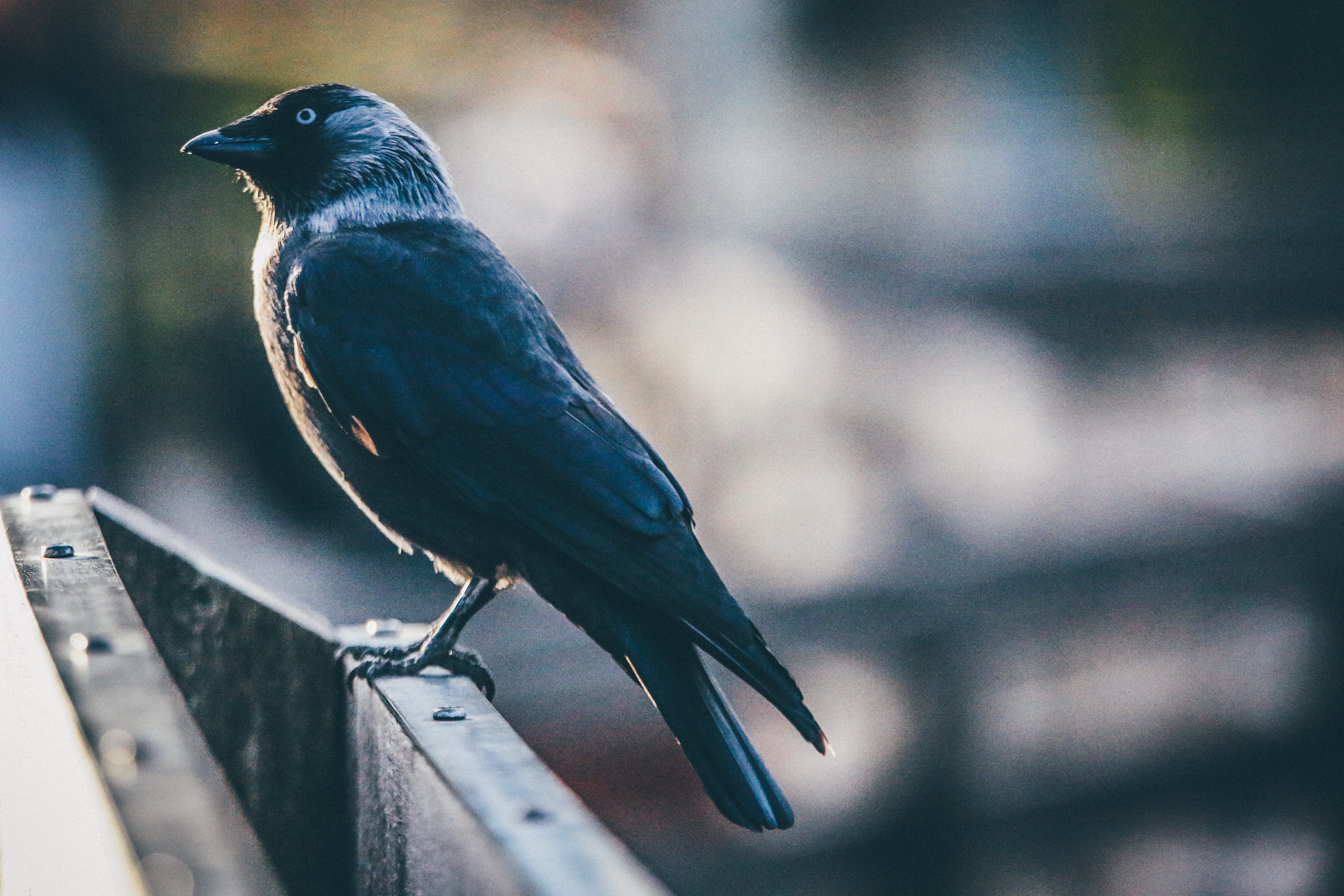In 1986, following the accident at the Chernobyl power plant and the impossibility of controlling the situation, the city of Prip”jat’ it’s a “zone of alienation” within a 30 km radius of the power plant were evacuated by the authorities. All the citizens were relocated, the city’s stray animals were killed to prevent them from heading towards more distant areas carrying radioactive material with them. Since then the human presence remained in the area minimaldue to the danger given by radioactive materials (especially from cesium-137 And strontium-90) accumulated in the soil following the destruction of reactor no. 4. Over the years, however, strays and wild animals have repopulated the area and appear to be thriving, with populations of large mammals that rival the natural parks of this corner of Europe. Has Chernobyl therefore become a natural paradise, or are the local flora and fauna still suffering from the consequences of the disaster?
The decline of flora and fauna after the accident: the “Red Forest” of Chernobyl and insects
In the period following the accident and the consequent spillage of radioactive material, the negative impact on animals and plants was unequivocal: the vast local coniferous forests were first affected by the radiation, especially in the case of the trees closest to the power plant which , after changing the colors of the bark with reddish shades, they died leading to the formation of the so-called Red Forest.
Although other tree species have shown greater resistance to radiation, trees are still affected today microorganisms and the species that contribute to decomposition of foliage and other organic matter. The reduced rate of degradation also means that the fire risk is decidedly higher in the most radioactive areas, with the risk of release of radionuclides into the atmosphere accumulated at ground level.
Other studies have also highlighted the sensitivity of many insect species, such as bumblebees and other important pollinating insects, whose ability to reproduce appears to be reduced when exposed to concentrations of tens or hundreds of micrograys per hour (μGy/h), values easily found in the area around the power plant.
The return to Chernobyl of large mammals such as wolves and deer: adaptation hypotheses
This despite populations of deer, wild wolves, lynxes seem to have rapidly reconquered the exclusion zone: as recognized by UNEP (the UN environment programme) and highlighted in many studies, large mammals thrive in the area, certainly helped by a almost zero human presence which made Chernobyl a “involuntary protected reserve”.
Evaluate theimpact of radiation on these species it is more complex than for the flora or microfauna. First of all, medium/large sized animals frequent very large habitats, from 0.6–10 km2 of deer to more than 200km2 of wolves, and is therefore extremely difficult to estimate actual exposure to radiation: already within 30 km2 of the zone of alienation the values can be very different. Exposure is also influenced by diet and even theheight from the ground of the animalgiven that the major source of radiation is the soil itself and the shallower layers: there are few studies that indicate, for example, at what heights the radioactivity measurements were recorded, making it difficult to compare the data between them and apply them on the different species studied.

With regard to small rodents and other small, more “sedentary” fauna, some studies suggest degrees of adaptation: the local population of reddish vole (or woodland), a very widespread animal in central Europe, seems to show higher than average levels of anti-oxidants, a “response” that would have been selected over generations and capable of reduce intra-cellular damage.
However, the spread of these “genetic variations” is debated, as are those found in stray dogs of the area, whose diversity compared to the surrounding populations is at least partly attributable to the reduced number of specimens present immediately after the accident and, consequently, to the greater inbreeding between the current individuals.
The incidence of radiation tumors among wild animals: some debated cases
Equally debated are the data on tumors found among wild animals: some studies, led mainly by professors Møller and Mousseau of the University of South Carolina, seem to highlight a greater incidence of negative effects, particularly among Chernobyl birds (15 individuals out of 1000 studied) compared to those in the Danish bird population (0 out of 35,000).

However, the scientific community shows skepticism about these works, partly due to previous cases of “distorted” data” by Møller revealed by the Danish Committee on Scientific Dishonesty and partly for the criticisms carried out by other scholars, even part of the study’s entourage, such as researcher Sergey Gaschak of the Chernobyl Center.
Other studies, however, have highlighted theaccumulation of genetic damage in individuals exposed to radiation levels typical of the area: this is the case of the aforementioned reddish voles, which also show increases in embryonic mortality in subsequent generations, raised in non-contaminated environments.
The effects on the health of the human species: doubts and certainties on the zone of alienation
If the effects on human health have been tragically known and widely studied for decades, the same cannot be said about the impacts on wild flora and fauna, also due to the variety of behaviors and characteristics of the different species that inhabit the area.
If doubts about the real effects of contamination remain, however, there is a lesson that we can draw from decades of studies: where the cumbersome presence of man is missing, nature has been able to find its balance and take back the spaces lost, even in the face of difficult conditions that have little “natural” about them.








